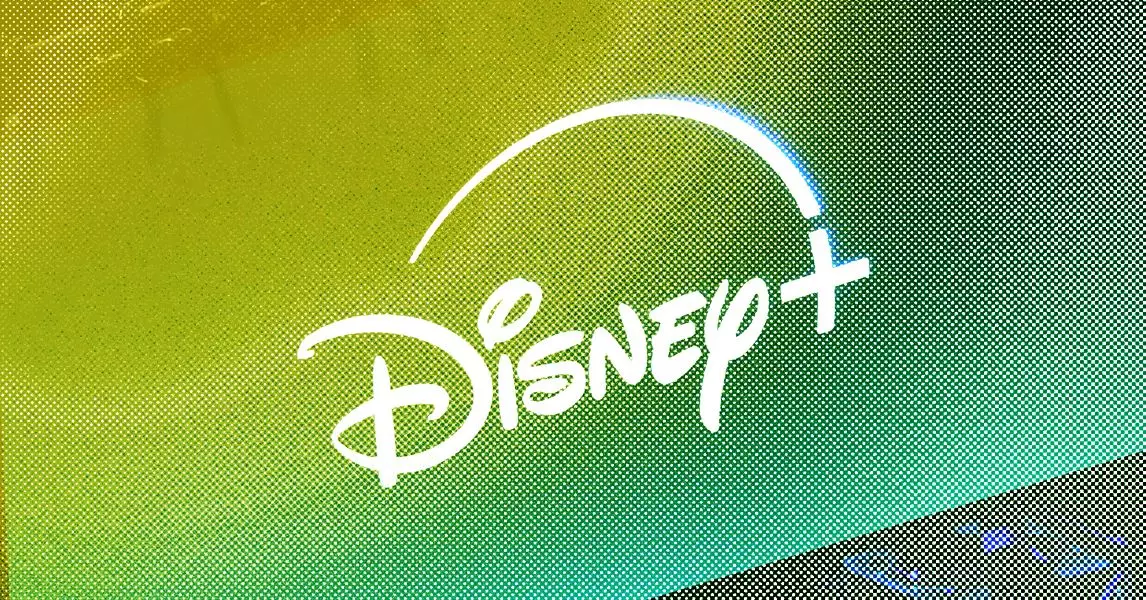In an era marked by the unprecedented rise of artificial intelligence, the publishing industry is grappling with a troubling phenomenon: AI slop. This term encapsulates the deluge of low-quality, haphazard content generated by AI algorithms that floods our online spaces, from social media platforms to supposedly legitimate news outlets. Amidst a backdrop of continually evolving technology, the issue goes beyond mere plagiarism concerns and raises alarms about the very essence of human creativity and journalistic integrity.
AI slop is not merely a buzzword. It reflects a growing trend where automation has undermined the value of thoughtful, human-made content, flooding feeds with mundane and often nonsensical output that masquerades as authentic journalism. A striking example of this occurred recently when several established newspapers like the Chicago Sun-Times and Philadelphia Inquirer published reading lists populated by fictional book titles attributed to real authors, blending shades of deception with an unsettling authenticity. This incidence speaks volumes about the risks of automated content creation in an age where trust in media hangs by a thread.
The Aesthetic of AI Slop and Its Implications
The aesthetic of AI slop is vividly characterized by its lack of coherence and authenticity, often resembling spam more than serious discourse. When examining its proliferation, it’s essential to note how it contributes to a broader trend of what some have aptly described as the “enshittification” of the internet. This growing distaste for quality in favor of quantity poses significant challenges for consumers of content who often struggle to discern the credibility of the information they encounter.
Conversations surrounding AI-generated content frequently elicit amusement—as seen in the absurdity of viral videos featuring fictional encounters between historical and contemporary figures. However, beneath this humorous façade lies a more serious undercurrent. AI slop has infiltrated political discourse, as world leaders and influencers propagate misinformation online, willingly or unwittingly reinforcing false narratives that resonate with their audiences. This scenario raises critical questions regarding accountability and the ethical ramifications of using AI in content creation.
The Existential Crisis for Journalists
For journalists, the rise of AI slop signifies an existential crisis that transcends the mechanics of content creation. The landscape of news and media is evolving at an astonishing pace, with search algorithms constantly reshaping how information is accessed. Journalists are caught in a precarious position: navigating a world where their craft is not only diminished by AI-generated filler but also directly impacted by algorithmic changes that can drastically reduce their visibility online.
As someone entrenched in the realm of journalism, the anxiety surrounding content creation in the face of AI’s advancement is palpable. Editors are finding themselves frantically adjusting their strategies to cope with dwindling engagement metrics and the pervasive influence of AI slop. The feeling of being encircled by uninspired content that overwhelms platforms like TikTok is a stark reminder of the challenges they face. This unprecedented phase in journalism tests the resolve of content creators to adhere to ethical standards while combating the relentless tide of misguided, AI-generated material.
The Paradox of AI Content and Professional Platforms
Interestingly, the rise of AI-generated content reflects a nuanced paradox, particularly within professional networks like LinkedIn. It’s been reported that a staggering 54% of longer posts on this platform are driven by AI, blurring the lines between human engagement and algorithmic produce. While LinkedIn acknowledges this trend and asserts their commitment to eradicating low-quality content, the reality is that bland, cookie-cutter writing thrives in such spaces, creating an environment where AI-generated output is not only acceptable but may even excel.
This raises a crucial point: as we continue to grapple with the duality of AI’s impact on creativity and authenticity, what does the prevalence of generic content mean for our professional interactions? The reality is that the medium is being overtaken by a machine-generated monotony that may very well redefine the standards of professional discourse, leaving writers scrambling to reclaim their voices and unique perspectives in an oversaturated digital landscape.
Redefining the Boundaries: Humanity vs. Automation
Ultimately, the rising tide of AI slop raises fundamental questions about the future of content creation. As technology continues to advance, industries must confront the potential for automation to overshadow and dilute human creativity. The challenge lies not only in preserving the integrity of journalism but also in navigating the finer nuances of AI’s role in content generation—finding a balance that allows for innovation without sacrificing quality or truthfulness in the process.
The war against AI slop is not merely about resisting automation; it’s a rallying call for the preservation of original thought and a commitment to journalistic ethics. The future of content creation could hinge on our ability to rise against the deluge of uninspired, nonsensical narratives, reclaiming a space for reflective, human-driven storytelling in an increasingly mechanized world.

